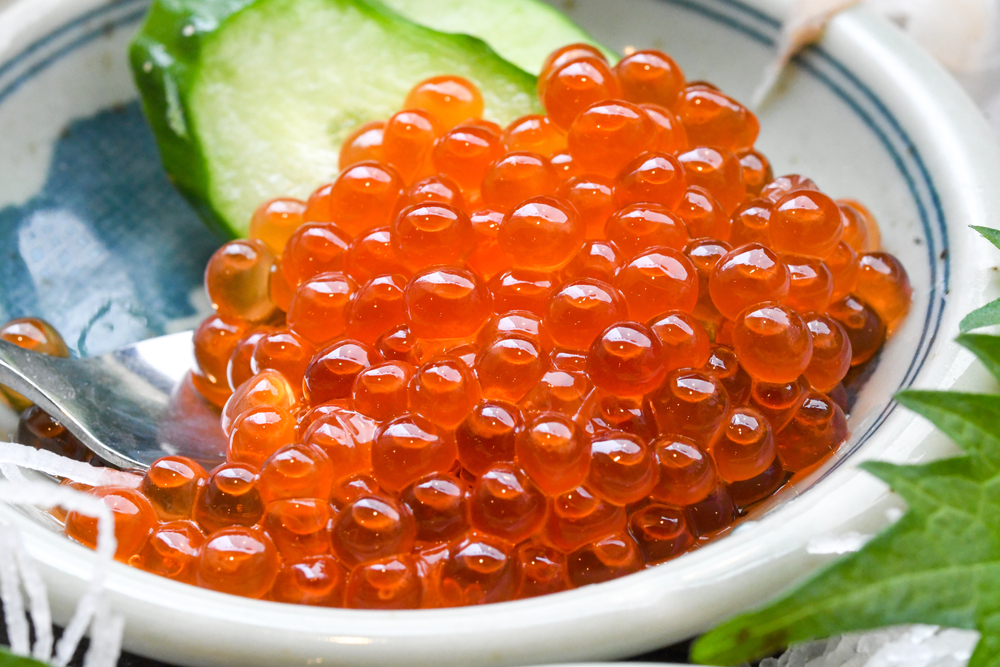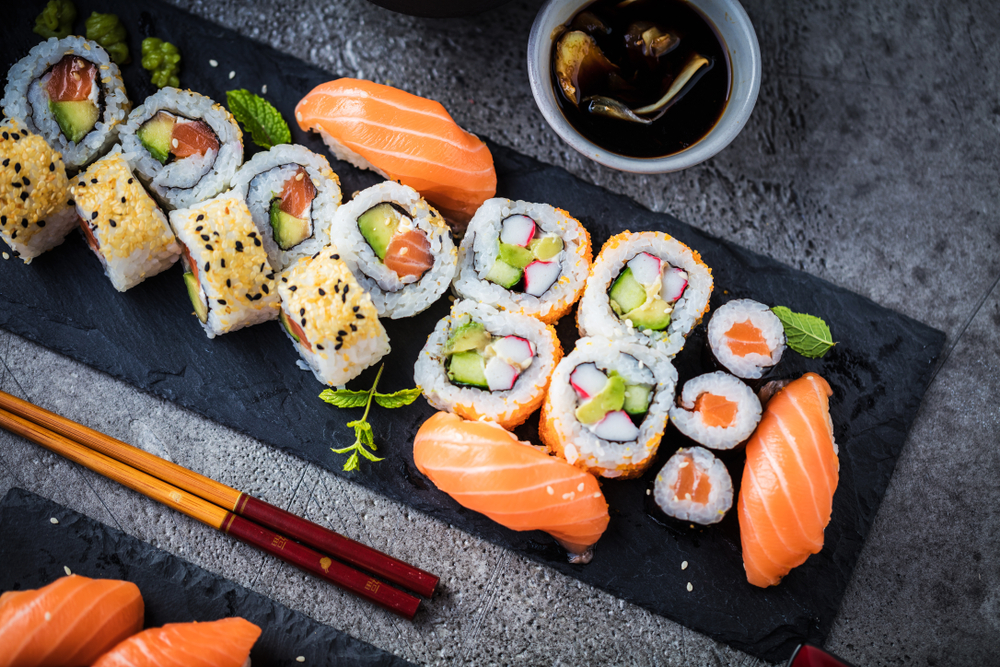Japan is known for many things, from ramen to sushi and many other food attractions. One interesting delicacy from this part of the world is the Japanese Ikura, also known as salmon roe. These are the eggs that are removed from the female salmon and then cured, marinated, or fermented.
It is typically served as sushi toppings, over rice, or even as an appetizer. It is a healthy delicacy, loaded with many proteins, vitamins, and minerals. It is essential to know how to store Ikura so that these properties can be preserved.
Ikura can be stored in the fridge and will last for about three days. If you leave it in the original packaging, it can last for a year. Let’s dive into how to store Ikura.

Does ikura require refrigeration?
If you don’t keep it refrigerated, ikura will spoil quickly. It should be kept in the refrigerator at about 32 degrees F. Whether it’s in an open/sealed container or fresh, it is best to keep ikura in the coldest part of the fridge.
How long can you store ikura in the fridge?
If it is sealed in its original packaging, you can keep ikura in the fridge for up to a year. However, this length of time is dependent on other factors. So, how long can it be kept in the fridge?
Ikura can spend 1 year in the fridge if it is in the original packaging and sitting in the coldest possible part of the fridge.
Ikura can last for 6 months in plastic containers from which air has been previously evacuated. It can last for 2-4 weeks in sterile, treated containers with a tightly closed lid.
It can last for 6-8 months – in a home freezer. However, if it is in an open tin can in the fridge, it can only last for 24 hours.
What container is best for storing ikura?
Some containers can extend the shelf life of salmon roe, but it depends on a few factors.

The container material
Containers made from food-grade plastic or glass are the best for storing ikura. It is also possible to use dense plastic freezer bags to improve the storing conditions of the salmon roe. You shouldn’t store your ikura in a metal container unless the metal is coated, as the ikura can react with the metal.
The container size
If you intend to serve salmon roe in the future, it is best to use small serving-size containers. This ensures that the ikura is only brought out from the fridge to be eaten, so it doesn’t go to waste. Unless you are serving very large portions for parties, keep ikura stored in smaller containers.
The container tightness
Air needs to be kept out of the salmon roe to keep it fresh for as long as possible. The tighter the container’s cover, the harder it is for air to get in, and the longer the ikura will stay fresh. The best option is to keep the ikura sealed in its original packaging or use sealable containers to store them.
Can you store ikura in a tin can?
Once the can of ikura has been opened, it is important that you transfer the ikura to another container. Leaving the ikura in the can will cause the metal to oxidize, which will spoil the salmon roe. Replace the can with another container before placing the ikura in the fridge.
Can you store ikura in a glass jar?

It is possible to store ikura in a glass jar, but the lid of the jar must fit tightly. Remember, the less air can get in, the longer ikura can stay fresh. To improve how long you can store it, place the glass jar with the ikura in the coldest part of the fridge.
How to prepare containers for storing ikura
It is not advised to simply wash the container and throw the ikura in. You don’t want bacteria or other germs to come in contact with the ikura. Here are ways to properly clean your containers before you store the ikura and put the container in the fridge.
There are efficient ways to sterilize your container, especially if it is a glass jar.
- Rinse the inside with baking soda
- Keep the clean glass jar over a boiling kettle for 5 minutes
- Flip upside down and place on a folded tea towel in the microwave.
- Pour some filtered water into the bottom of the jars.
- Place in the microwave.
- Sterilize at maximum power until liquid has evaporated. The evaporating water will sterilize the insides.
You can also use salt to clean prepare your container for ikura:
- Dissolve 4-5 tbsp of table salt in a liter of pure water.
- Boil the solution.
- Repeat three or more times.
- Dry.
You can use alcohol as well:

- Ethyl alcohol or vodka will destroy almost all microorganisms.
- Moisten a cotton pad and carefully treat the inside of the jar with alcohol.
- Wait until dry.
Vegetable oil ensures that air is kept away from the ikura:
- Heat 4-5 tablespoons of oil in a frying pan.
- Cool to 50-60 degrees.
- Lubricate the inside of the rims and bottom of the storage container.
- Put the ikura into the container.
- Pour the completely cooled oil on top.
- The oil layer forms a kind of barrier between air and eggs.
- This will help the ikura retain its freshness, taste, and appetizing appearance longer.
Can you freeze ikura?
Yes, it is possible to also use the freezer to store ikura. There is often fear that freezing will cause ikura to lose its taste, smell, and consistency. However, if you are careful with these steps, you can freeze and thaw ikura successfully:
- Pack the ikura into small containers.
- Place in the freezer compartment for quick (shock) freezing.
- Transfer to your regular freezer compartment after 30-40 minutes.
- To prevent the salmon eggs from bursting during defrosting, defrost them strictly in the refrigerator.
- The thawing process will take up to 24 hours, but the ikura’s taste and consistency will not change.

Related post: How Long Can Lox Sit Out
In conclusion
Ikura requires some care if you want to store it for a long time. It is important to note how long ikura can last if you remove it from the original packaging. This timing is also dependent on the container you store the ikura in.
Remember to use smaller-sized containers which makes it easier to remove serving-size portions without bringing out all the ikura.







